A power user is someone who knows a lot about the advanced features in operating systems like Windows, macOS, and Linux. If you want to transition from an average user to a power user, check out these tips, tricks, and tools that will help you expand your computer knowledge.
Steps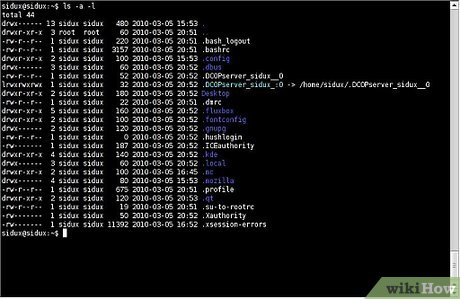
1Seriously consider using the command-line. You can still tweet, instant message, play mp3 (with mplayer), browse the web (with Lynx or Links2), p2p (amulecmd), torrent (rtorrent), image edit (ImageMagick), read feeds (raggle), chat (irssi), ofm (midnight commander), manage downloads (axel, wget) and everything else. Linux and BSD make it easy to use the command-line, whereas OS X and especially Windows don’t.
| action | Windows/DOS | Windows Powershell,Mac OS X, Linux, BSD etc. |
| list directory | dir | ls |
| clear console | cls | clear |
| copy file(s) | copy | cp |
| move file(s) | move | mv |
| delete file(s) | del | rm |
| create directory | md | mkdir |
| remove directory | rd | rm |
| change current directory | cd | cd |
| current directory | cd, chdir | pwd |
| search | find | grep |
| concatenate | cat | cat |
| permissions | chmod | chmod |
| display/output text | echo | echo |
| add user | net user | adduser |
If you must use a GUI read on to the next step. But the efficiency advantages of the CLI are as follows.If you need to move all folders ending with “photos” this is easy in the command line but difficult and slow in a GUI.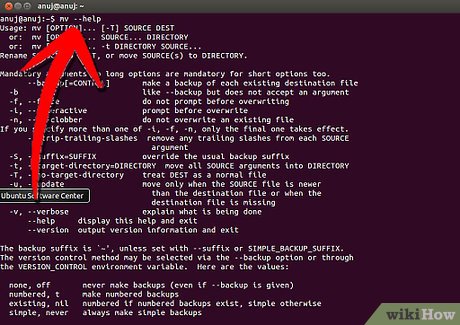
Command-line completion is also known as tab-completion and can speed things up.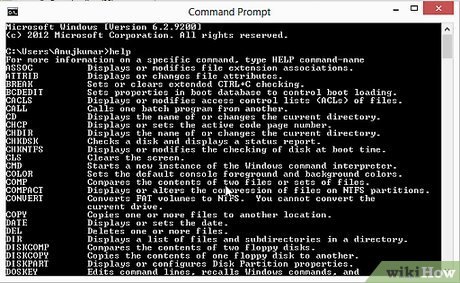
Pipe command-line output into other commands if needed.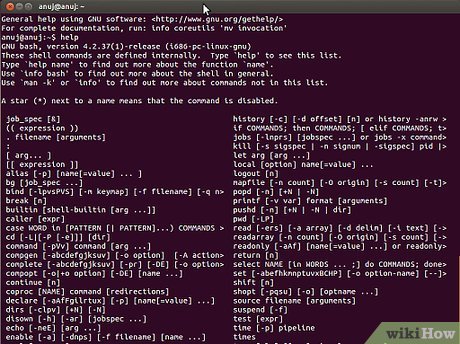
Shell aliases can be set in Linux.
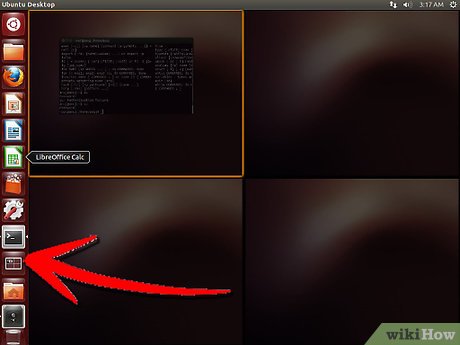
2Consider a tiling window manager (TWM). Most systems use floating window managers where windows aren’t automatically aligned and can overlap one another. If you spend a lot of time moving, resizing, maximizing, minimizing, restoring and generally switching windows then a tiling window manager might be for you. A TWM presents multiple windows on one screen aligned in a tile formation. The following is the manifesto of Ion, a dynamic tiling window manager with tabs for each frame.”So-called “modern desktop environments” converge on total unusability, and present-day mainstream graphical user interfaces in general are far less usable than they are praised to be. Usability simply does not equal low learning curve, and hiding system details from the user, as the Official Truth seems to be these days.”
| Key | Tilingfunction |
| Alt+k | next tile |
| Alt+j | previous tile |
| Alt+space | switch layout |
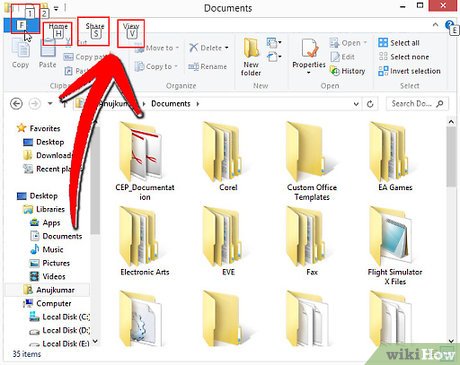
3Ditch the mouse. Use the keyboard. Set up key bindings for everything, basic windows operation and browsing . Learn the key bindings. Familiarize yourself with them.
| Key | Operating systemfunction |
| Win+e | Opens My Computer in Windows Explorer |
| Win+f | Find |
| Win+m | Minimize all windows |
| Win+d | Toggle minimizeall windows |
| Win+r | Open run dialog |
| Ctrl+A | Select all |
| Ctrl+B | Bold |
| Ctrl+O | Open |
| Ctrl+C | Copy |
| Ctrl+X | Cut |
| Ctrl+V | Paste |
| Ctrl+Z | Undo |
| Ctrl+PgUp | Next tab |
| Ctrl+PgDn | Previous tab |
| Alt-tab | Switch open windows |
| Alt+F4 | Quit app |
| Alt+F5 | Restore window |
| Alt+F7 | Move window |
| Alt+F8 | Resize window |
| Alt+F9 | Minimize window |
| Alt+F10 | Maximize current window |
.Use application keyboard shortcuts (VimperatorX and other Firefox add-ons are useful for this).
| Key | Browser Function |
| Alt+left arrow | Back |
| Alt+right arrow | Forward |
| Alt+home | Home |
| Ctrl+L | Location/address bar |
| Ctrl+k | Search bar |
| Ctrl+T | New tab |
| Ctrl+W | Close tab |
| Ctrl+PgUp | Previous tab |
| Ctrl+PgDn | Next tab |
| Ctrl+R | Refresh |
| Ctrl+u | View source |
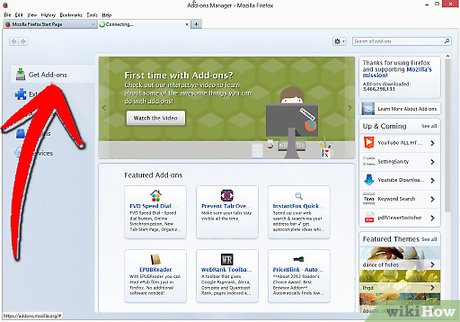

4If you don’t want to ditch the mouse totally, Use Mouse Gestures. Strokeit (Windows), Opera (Cross platform), gMote (Windows), Easystroke (Linux), Mouse Gestures Redox (Firefox) are all applications.5Write scripts. You won’t become a programmer, but scripts help to automate common repetitive tasks. In Windows they’re sometimes called batch files.If you need to copy photos until you reach a certain number of megabytes, a script is needed.
Use browser scripts. Greasemonkey, iMacros and Chickenfoot are some on Firefox. Opera supports user javascript.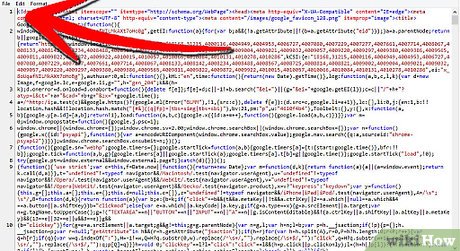
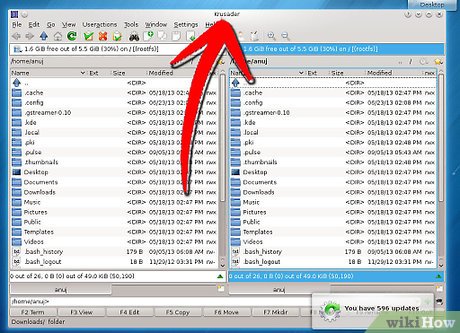
6Use an Orthodox File Manager (OFM). Also known as Commander-like, Midnight Commander is one for command-line users. Alternatively use something like Directory Opus, as long as you don’t use a basic (usually bundled) file manager. Again, it is all about key bindings, so learn the keyboard shortcuts.
| Key | OFM Function |
| F1 | help |
| F2 | user menu/scripting |
| F3 | view |
| F4 | edit |
| F5 | copy |
| F6 | move |
| F7 | new directory |
| F8 | delete |
| F9 | top menu |
| F10 | quit |
7Turn off any eye-candy that might slow you down.In Windows, right-click My Computer, Properties, Advanced, under Performance click Settings, then Adjust for Best Performance.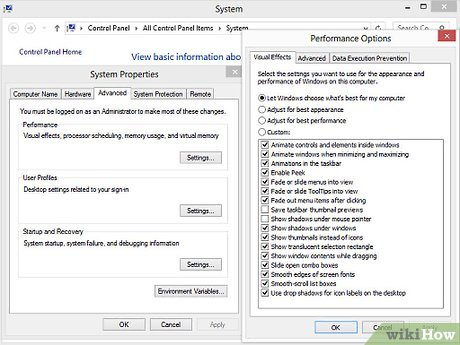
In KDE 4+, press Alt+F3, then Configure Window Behaviour, then Desktop Effects then uncheck Enable Desktop Effects.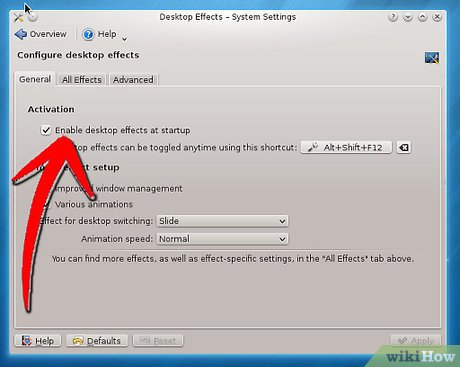
8Choose appropriate software. Don’t just use the bundled software just because it’s bundled, unless it’s a conscious decision.Choose a web browser, don’t just use the bundled one because it’s bundled.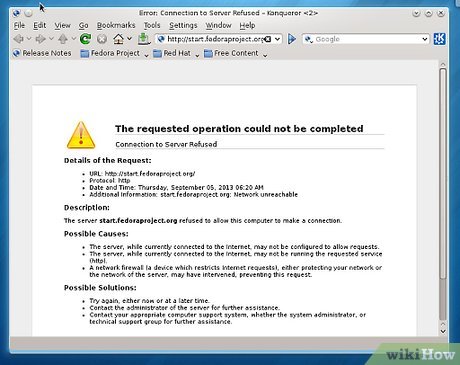
Organize your audio and images with appropriate software designed for this purpose.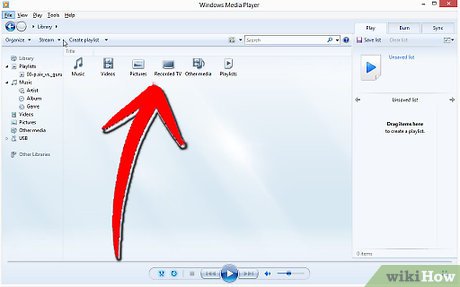
Don’t use a word-processor where a decent plain text editor will do. Use Regular ExpressionsX. Where you don’t need to format documents, use plain text.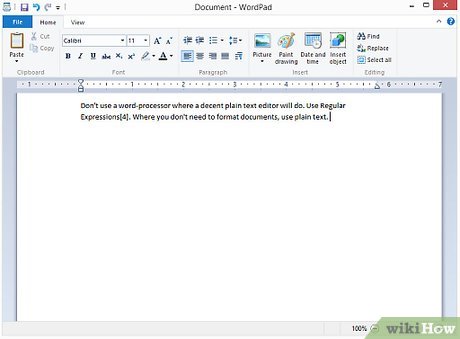
Asterisk * matches any number of what’s before it, from zero to infinity.? matches zero or one.+ matches one or more.For chatrooms use IRC. For forums use Usenet.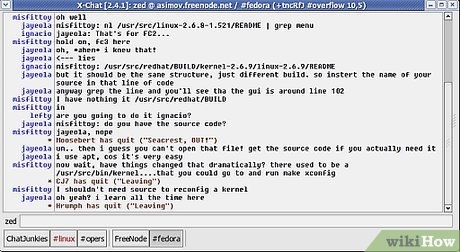
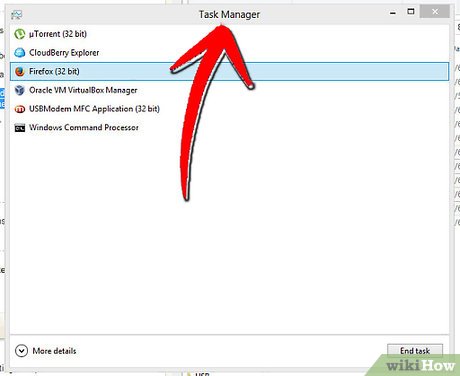
9Use a job scheduler for regular tasks. In Windows use Task Manager, in Mac OS X use Launchd, in Linux/BSD use cron/anacron.
10Power users in word processing use styles (or even Latex) for formatting documents.








